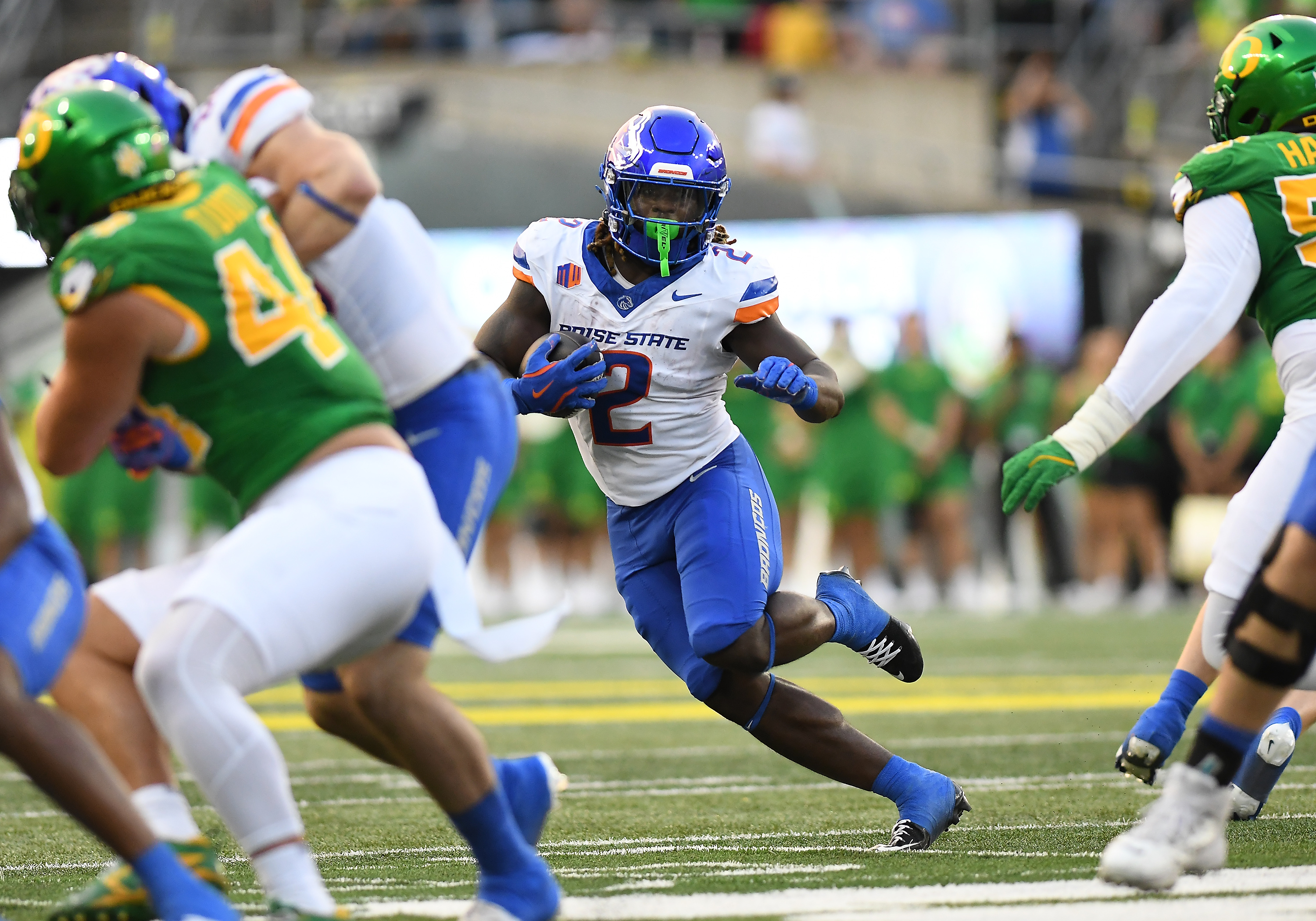The Pac-12 is in discussions with basketball powerhouse Gonzaga to join the rebuilding conference in 2026, three people with knowledge of the talks told The Associated Press on Monday.
The Pac-12 is also targeting Mountain West schools UNLV and Utah State, two of the people said, as it pivots away from a group of American Athletic Conference schools that announced they remain committed to their current league. The people spoke on condition of anonymity because the Pac-12's strategy is not being made public.
Watch NBC6 free wherever you are
Meanwhile, the Mountain West received a commitment from Air Force to stay put in the conference after the school had drawn interest from the AAC, a person with knowledge of AFA's decision told the AP on condition of anonymity.
Memphis, Tulane, South Florida, UTSA and the American Athletic Conference released a statement that made no mention of the Pac-12, but several people with knowledge of those talks told AP the rebuilding conference had targeted those schools as potential new members.
Get local news you need to know to start your day with NBC 6's News Headlines newsletter.
“While we acknowledge receiving interest in our institutions from other conferences, we firmly believe that it is in our individual and collective best interests to uphold our commitment to each other,” the schools said. “Together, we will continue to modernize the conference, elevate the student-athlete experience, achieve championship-winning successes, and build the future.”
The Pac-12 began to restock for a 2026 relaunch two weeks ago by landing Boise State, Fresno State, San Diego State and Colorado State from the Mountain West to join Washington State and Oregon State, the only two Pac-12 schools left after a dramatic round of realignment took effect this summer.
The Pac-12 needs at least two more members in all sports to reach the eight required to be a recognized conference with access to NCAA championships and the College Football Playoff in 2026.
Zags
Adding Gonzaga would give the Pac-12 one of the best men's basketball programs in the country. The Bulldogs have thrived in the West Coast Conference, reaching the NCAA Tournament every year it has been played since 1998, with two Final Four appearances and eight seasons of at least 30 victories. Gonzaga does not have a football program.
The school has in the past talked to the Big East about conference affiliation, and the Big 12 has discussed potentially adding Gonzaga to its strong men's basketball lineup, as it did with UConn earlier this year. The Zags have also become a perennial tournament team in women's basketball.
Still, their addition would still leave the Pac-12 in need of two more schools that play football.
Money matters
One person with knowledge of the discussions between the Pac-12 and AAC schools said the conference’s pitch included a projected $12 million to $15 million annual media-rights distribution to each school. The schools were also presented with options to join solely in football and basketball to alleviate travel costs associated with other sports programs making trips across one or two times zones.
All the Pac-12 schools are in the Mountain and Pacific time zones. The Pac-12 was targeting new members in the Central time zone as a way to potentially increase value for potential television partners.
Leaving the AAC would have been costly for the schools. The conference’s bylaws require a 27-month notification for departing schools and a $10 million exit fee. An early departure, which would be necessary, would cost more. When UConn left the AAC to return to the Big East it cost the school $17 million. The AAC received $25 million from SMU for an expedited move to the ACC this year.
The Pac-12 and its four newest members are already on the hook for about $110 million in exit fees and penalties to the Mountain West.
Pac-12 Commissioner Teresa Gould has declined to detail how that cost will be shared by the incoming schools and conference, which is sitting on about $250 million in revenue the previous iterration of the Pac-12 was in line to receive this year and next.
A football scheduling agreement between Oregon State, Washington State and the Mountain West, which was not renewed for next year, includes a poaching penalty of more than $10 million per school that increases as the number of schools the Pac-12 takes increases.
The penalty would be $12 million if the Pac-12 takes one more Mountain West school, and increases to $12.5 million for the next one. That's on top of a $17 million exit fee.
Still, the precarious state of the Mountain West provides an opportunity for the Pac-12 to circle back on those schools.
Trying to pull Texas State from the Sun Belt Conference would be far less costly for the Pac-12 and give it a school in the Central time zone.
Mountain West
MWC Commissioner Gloria Nevarez is working to get long-term commitments from the conference's remaining eight members, including football-only Hawaii. Even if it it sustains no other losses, the Mountain West will need to add at least one more school.
UTEP and New Mexico State from Conference USA make geographic sense, but that league recently had its members sign a grant of rights that could make it more difficult and costly for them to move.
Pulling schools up from the second-tier of Division I football would also be an option. Sacramento State from the Big Sky and Texas-based Tarleton State from the Western Athletic Conference, have shown interest in making the jump.



